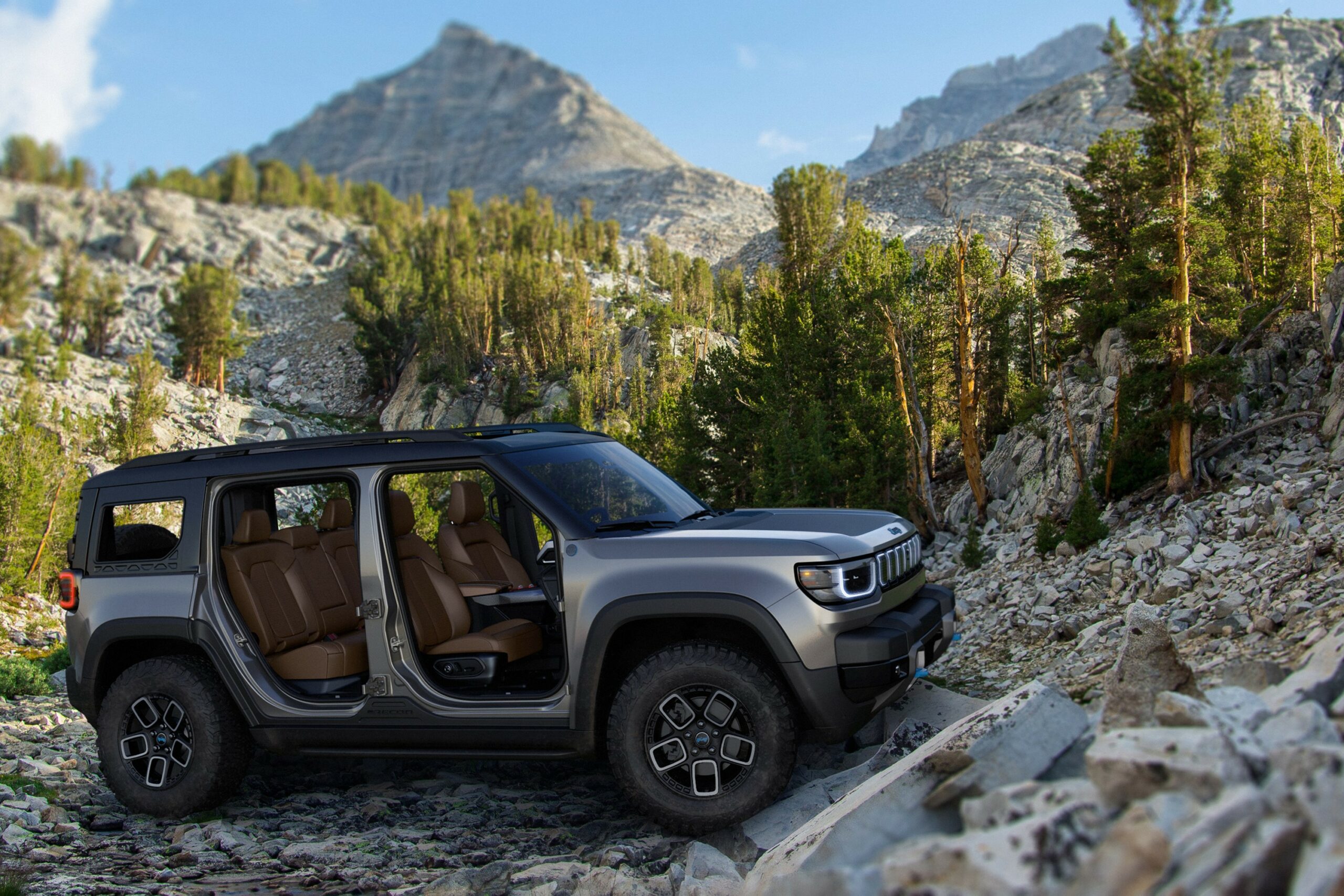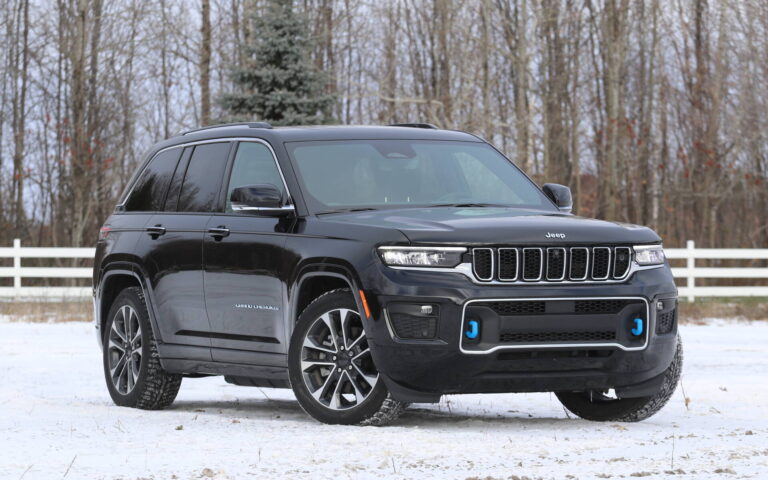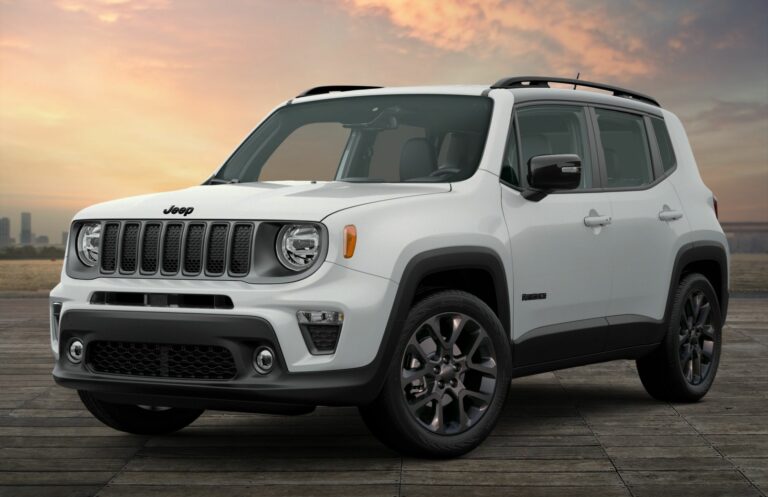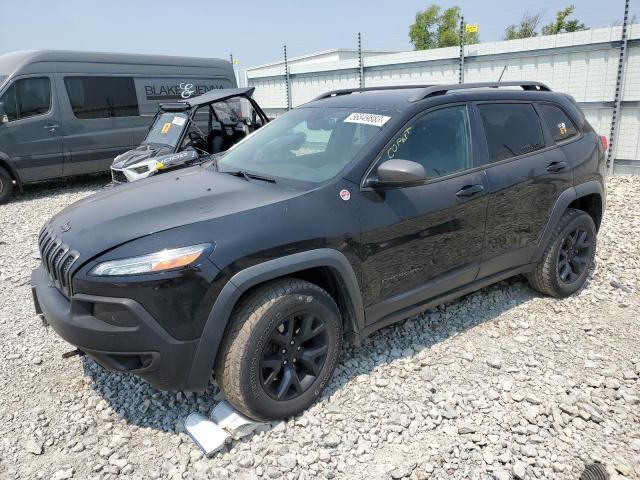Jeep SRT8 Motor For Sale: Unleashing the Hemi Powerhouse for Your Next Project
Jeep SRT8 Motor For Sale: Unleashing the Hemi Powerhouse for Your Next Project jeeps.truckstrend.com
The roar of a Hemi engine is unmistakable, a symphony of raw power and precision engineering that has captivated automotive enthusiasts for decades. Among the most coveted versions of this iconic powerplant is the one found in the Jeep Grand Cherokee SRT8. Far from being just another SUV, the SRT8 variant transforms the practical Grand Cherokee into a high-performance beast, largely thanks to its formidable engine. For many, finding a "Jeep SRT8 motor for sale" isn’t just about replacing a broken part; it’s about acquiring the heart of a legend, a gateway to exhilarating performance, or the perfect foundation for an ambitious custom build.
This comprehensive guide will delve into everything you need to know about acquiring an SRT8 Hemi engine, from understanding its specifications and market dynamics to practical advice on purchasing, installation, and the challenges you might encounter. Whether you’re an existing SRT8 owner seeking a replacement, a custom builder eyeing a powerful swap, or simply curious about these magnificent machines, prepare to embark on a journey into the world of high-octane Hemi performance.
Jeep SRT8 Motor For Sale: Unleashing the Hemi Powerhouse for Your Next Project
The Heart of the Beast: Understanding the SRT8 Hemi Engine
At the core of the Jeep Grand Cherokee SRT8’s formidable reputation lies its engine: a naturally aspirated Hemi V8 designed for brute force and blistering acceleration. There have been two primary iterations of the SRT8 Hemi in the Grand Cherokee, corresponding to different generations of the vehicle:
-
The 6.1L Hemi (WK1 Generation: 2006-2010):
- Displacement: 6.1 liters (370 cubic inches)
- Horsepower: 420 hp @ 6,200 rpm
- Torque: 420 lb-ft @ 4,800 rpm
- Key Features: This was the original, purpose-built SRT Hemi. It featured a stronger block, improved cylinder heads, a forged crankshaft, and revised intake and exhaust manifolds compared to standard 5.7L Hemis. It does not feature Variable Valve Timing (VVT) or Multi-Displacement System (MDS), making it a simpler, more robust platform for some tuners.
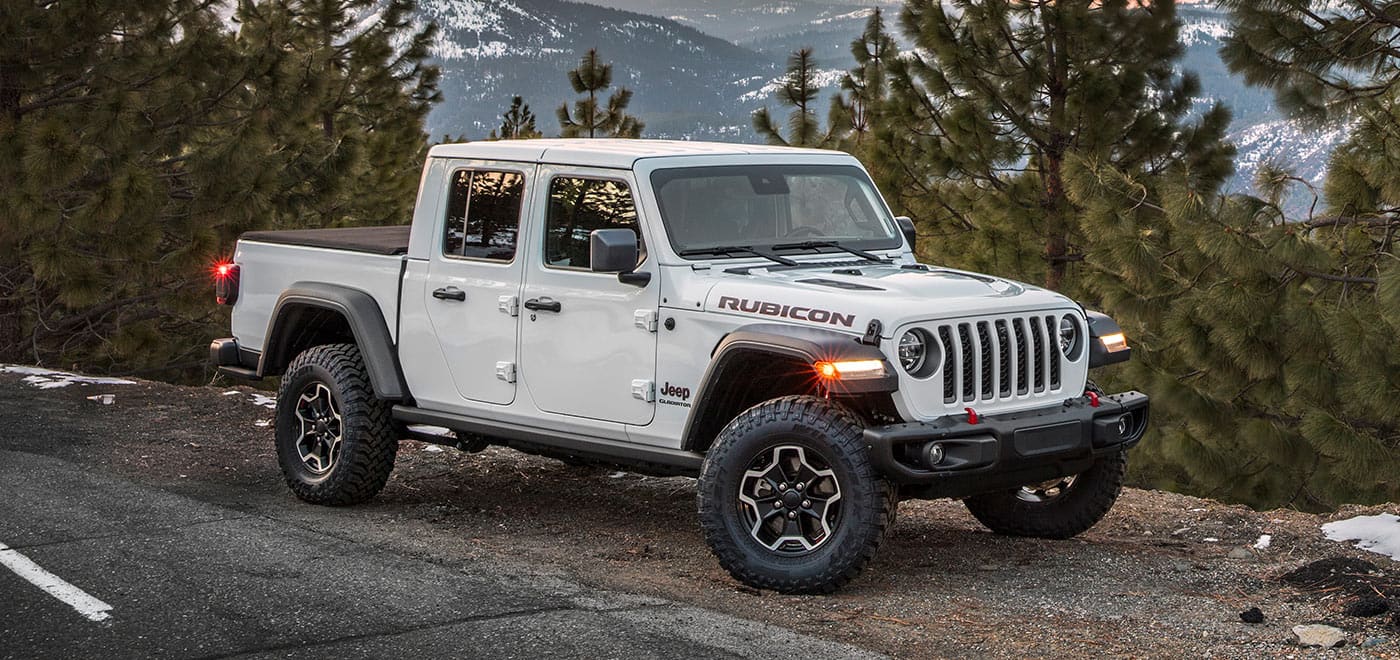
-
The 6.4L Hemi (WK2 Generation: 2012-2021):
- Displacement: 6.4 liters (392 cubic inches)
- Horsepower: 470 hp @ 6,000 rpm (later increased to 475 hp)
- Torque: 465 lb-ft @ 4,300 rpm (later increased to 470 lb-ft)
- Key Features: Also known as the "392 Hemi," this engine builds upon the 6.1L with increased displacement, a more aggressive camshaft profile, and improved intake and exhaust. It incorporates Variable Valve Timing (VVT) for broader torque delivery and Multi-Displacement System (MDS) for improved fuel economy during light-load cruising (which is often disabled in performance applications or swaps). Its electronic controls are more sophisticated, requiring more complex integration into non-native vehicles.
Both engines offer immense performance potential, with a robust design that responds well to aftermarket modifications like superchargers, turbochargers, and internal upgrades. The choice between a 6.1L and a 6.4L often comes down to budget, desired power levels, and the complexity of the swap or replacement.
Why Buy a Standalone SRT8 Motor?
The reasons for seeking out a standalone Jeep SRT8 motor are as diverse as the enthusiasts themselves:
- Direct Replacement: The most straightforward reason. If you own an SRT8 Grand Cherokee with a blown engine, sourcing a good used or remanufactured motor is often more cost-effective than a complete vehicle replacement or a full engine rebuild.
- Performance Upgrade/Engine Swap: This is where the fun truly begins. The SRT8 Hemi is a popular choice for swapping into other vehicles, particularly other Jeeps. Imagine a Wrangler JK or JL with the heart of an SRT8, or an older Grand Cherokee (ZJ or WJ) transformed into a drag strip monster. The raw power and unmistakable Hemi sound make it an incredibly attractive option for custom builds.
- Project Car Foundation: For those building a dedicated track car, a custom off-road rig, or a show vehicle, a high-performance engine is paramount. An SRT8 Hemi provides a proven, powerful, and relatively available platform to build upon.
- "Built" Engine Acquisition: Some enthusiasts may already have an SRT8 but are looking for an engine that has been professionally built with forged internals, performance camshafts, or supercharger-ready specifications. Buying a pre-built unit saves time and ensures quality.
Navigating the Market: Where to Find an SRT8 Motor For Sale
Finding a reliable SRT8 motor requires diligence and knowing where to look. Here are the primary sources:
- Specialized Salvage Yards/Auto Wreckers: These are often the best places to find "pullout" engines from wrecked or salvaged SRT8 vehicles. Look for yards specializing in performance vehicles or late-model American cars. They might offer complete engines (with accessories) or long blocks.
- Online Marketplaces:
- eBay: A vast marketplace where you can find everything from complete running engines to individual components. Be sure to check seller ratings, read descriptions thoroughly, and ask for detailed photos/videos.
- Dedicated Forums & Social Media Groups: Websites like "Jeep Garage," "SRT Forums," "LXForums," and various Facebook groups (e.g., "Hemi Swaps," "Jeep SRT8 Owners") often have classified sections where members sell parts, including engines. These communities can also offer valuable insights and peer reviews of sellers.
- Facebook Marketplace: Similar to eBay, but often more local. Be cautious and prioritize in-person inspection if possible.
- Performance Shops & Engine Builders: Many shops that specialize in Hemi performance or engine swaps will sell rebuilt, remanufactured, or custom-built SRT8 engines. These typically come with a higher price tag but often include a warranty and are built to higher standards.
- Private Sellers: Occasionally, individuals who have parted out a vehicle or upgraded their own engine will sell their old unit. These can be found on local classifieds (Craigslist, Kijiji) or through word-of-mouth. Exercise extreme caution with private sellers, as warranties are rare.
What to Look For: Essential Considerations Before Buying
Purchasing an engine is a significant investment. Careful consideration and thorough inspection are paramount:
- Engine Type (6.1L vs. 6.4L): Determine which engine best suits your project. The 6.1L is simpler electronically, while the 6.4L offers more power stock but has more complex VVT/MDS systems and associated wiring/ECM requirements. Ensure the engine you’re looking at is indeed the SRT8 variant and not a standard 5.7L.
- Mileage and Condition:
- Low Mileage: Generally preferred, as it implies less wear and tear. However, mileage isn’t the only factor.
- Visual Inspection: Look for signs of external damage, cracks, excessive oil leaks, or missing components. Check the oil fill cap for sludge (could indicate poor maintenance).
- Running Condition (if possible): If the engine is still in a vehicle or on a stand, ask for a video of it running. Listen for abnormal noises (knocking, ticking, excessive smoke).
- Compression/Leak-Down Test: The gold standard. If the engine is out of the vehicle, ask the seller to provide results or allow you to perform one. This reveals the health of the cylinders and valves.
- Completeness:
- Long Block: Just the block, crankshaft, pistons, connecting rods, cylinder heads, and camshaft. Requires all accessories, intake, exhaust, etc.
- Complete Engine (Pullout): Typically includes the intake manifold, throttle body, exhaust manifolds, power steering pump, alternator, A/C compressor, wiring harness, and sometimes even the ECU (Engine Control Unit). A complete pullout simplifies a swap but costs more.
- Source and Reputation: Buy from reputable sellers with positive reviews. If dealing with a salvage yard or business, check their online reputation.
- Warranty: Some salvage yards and performance shops offer limited warranties (e.g., 30-90 days). This provides crucial peace of mind, especially for a used engine. Private sales rarely come with a warranty.
- Documentation: For engines sourced from salvaged vehicles, ask for proof of origin, such as the VIN of the donor vehicle. This helps ensure it’s not a stolen engine.
The Purchase Process: Tips for a Smooth Transaction
Once you’ve identified a potential engine, follow these steps for a secure purchase:
- Budgeting: Remember that the engine price is only one part of the equation. Factor in shipping costs (which can be substantial for an engine), potential ancillary parts (new sensors, gaskets, fluids), and professional installation/tuning if you’re not doing it yourself.
- Communication: Ask clear, concise questions. Request additional photos or videos of specific areas. A reputable seller will be transparent and responsive.
- Payment Methods: For online purchases, use secure methods like PayPal Goods & Services (offers buyer protection), or a credit card through an established business. For larger transactions with businesses, a bank transfer might be necessary. Avoid wire transfers or untraceable cash payments for private sellers unless you have physically inspected the engine and trust the seller implicitly.
- Shipping Logistics: Engines are heavy and require freight shipping. Ensure the seller properly crates the engine for transport to prevent damage. Discuss insurance options for shipping. Confirm delivery address requirements (e.g., forklift access).
Installation & Beyond: What to Expect After Your Purchase
Congratulations, you’ve got your SRT8 Hemi! Now comes the next phase, which can be just as complex as finding the engine itself:
- Professional Installation is Key: Unless you are an experienced mechanic with specialized tools and knowledge of engine swaps, professional installation is highly recommended. These are complex machines, and improper installation can lead to costly damage or safety issues.
- Compatibility Challenges:
- Engine Control Module (ECM) & Wiring: The SRT8 Hemi requires its specific ECM. If you’re swapping into a non-SRT8 vehicle, you’ll need a custom wiring harness and professional tuning to get the engine to communicate correctly with the rest of the vehicle’s systems (dashboard, transmission, etc.). This is often the most challenging aspect of a swap.
- Transmission Mating: The SRT8 Hemi typically mates to a robust automatic transmission (like the NAG1/W5A580 or later ZF 8HP). If your vehicle doesn’t have a compatible transmission, you’ll need to source and adapt one, including a new bellhousing and torque converter.
- Motor Mounts: Custom motor mounts are almost always required for engine swaps.
- Driveshafts: Length adjustments may be necessary.
- Ancillary Systems Upgrades:
- Cooling System: The SRT8 Hemi generates significant heat. Your vehicle’s stock radiator, fan, and coolant lines might be inadequate and require upgrading.
- Fuel System: A higher-capacity fuel pump and larger fuel lines may be necessary to support the Hemi’s fuel demands.
- Exhaust System: A custom exhaust will be needed to handle the increased flow and produce that signature Hemi rumble.
- Brakes & Suspension: With a significant power increase, upgrading your vehicle’s brakes and suspension is critical for safety and handling.
- Tuning: Absolutely crucial. After a swap, the engine’s ECM will need to be custom-tuned to ensure optimal performance, reliability, and proper integration with the vehicle’s other systems. This isn’t a DIY job; it requires specialized software and expertise.
Estimated Price Table for Jeep SRT8 Motor For Sale
Please note that these are estimated price ranges and can fluctuate significantly based on mileage, condition, completeness, seller, market demand, and geographic location. "Complete" typically means engine with intake, throttle body, accessories (alternator, AC compressor, power steering pump), and sometimes exhaust manifolds and wiring harness. "Long Block" is just the core engine.
| Engine Type | Condition | Completeness | Estimated Price Range (USD) | Key Considerations |
|---|---|---|---|---|
| 6.1L Hemi | Used (High Mile) | Long Block | $2,000 – $3,500 | Best for full rebuilds; verify core condition. |
| (WK1 SRT8) | Used (Low Mile) | Long Block | $3,500 – $5,500 | Good for swaps; likely needs refresh. |
| Used (Low Mile) | Complete | $4,500 – $7,000 | Easiest for swaps; check accessories. | |
| Remanufactured | Complete | $6,500 – $9,000+ | Often with warranty; like-new internals. | |
| 6.4L Hemi | Used (High Mile) | Long Block | $3,500 – $5,000 | For projects or rebuilds; check VVT/MDS health. |
| (WK2 SRT8/392) | Used (Low Mile) | Long Block | $5,000 – $7,500 | Excellent for performance builds; check for common issues. |
| Used (Low Mile) | Complete | $7,000 – $10,000+ | Most desirable for swaps; includes complex electronics. | |
| Remanufactured | Complete | $9,000 – $14,000+ | Premium option; often with warranty. | |
| Built/Custom | Varies | Varies | $10,000 – $25,000+ | For extreme power; forged internals, specific cam. Price depends heavily on components. |
Note: These prices do NOT include shipping, installation, or additional parts/labor for swaps.
Frequently Asked Questions (FAQ)
Q1: What’s the main difference between the 6.1L and 6.4L SRT8 engines?
A1: The 6.4L (392) has larger displacement, more horsepower and torque, and incorporates Variable Valve Timing (VVT) and Multi-Displacement System (MDS). The 6.1L is a simpler, more robust platform for some extreme builds as it lacks VVT/MDS. The 6.4L generally requires more complex electronics for swaps.
Q2: Can I put an SRT8 engine into a non-SRT8 Jeep Grand Cherokee (e.g., a 5.7L WK2)?
A2: Yes, it’s a popular swap, but it’s not plug-and-play. You’ll need the SRT8 engine, its specific ECU, a custom wiring harness, and often transmission upgrades. Professional tuning is absolutely essential for proper operation.
Q3: Do I need a special transmission for an SRT8 engine swap?
A3: Yes. The SRT8 Hemi requires a robust automatic transmission designed to handle its power and torque, such as the NAG1 (W5A580) or the later ZF 8HP. Your stock transmission from a non-SRT8 vehicle (especially a V6 or non-Hemi V8) will likely not be strong enough or compatible.
Q4: How much does it cost to install an SRT8 engine (including a swap)?
A4: Installation costs vary wildly. For a direct replacement in an SRT8 vehicle, labor might be $1,500-$3,000. For a full swap into a non-SRT8 vehicle, costs can range from $5,000 to $15,000+ for labor alone, not including the engine, transmission, custom parts (motor mounts, driveshafts, exhaust), and crucial tuning.
Q5: Is it worth buying a high-mileage SRT8 engine?
A5: It depends on your budget and intentions. High-mileage engines are cheaper but come with higher risk. They might be suitable if you plan a full rebuild with forged internals anyway, as you’re primarily buying the core block and heads. For a direct "drop-in" replacement, lower mileage is preferable.
Q6: What about tuning after the swap?
A6: Tuning is critical. An SRT8 engine swapped into a non-native vehicle or with significant modifications (e.g., supercharger) must be professionally tuned. This ensures proper air-fuel ratios, ignition timing, transmission shift points, and overall engine health. Without it, you risk poor performance, drivability issues, or even engine damage.
Conclusion
The allure of a Jeep SRT8 motor for sale is undeniable. It represents not just a powerful engine, but an opportunity to inject exhilarating performance into a new project or restore a beloved high-performance SUV. Whether you opt for the raw simplicity of the 6.1L or the advanced power of the 6.4L, acquiring one of these Hemi powerhouses is a significant undertaking that demands thorough research, careful planning, and often, professional expertise.
While the journey from purchase to installation can be complex, the reward—the deep rumble, the neck-snapping acceleration, and the sheer thrill of a Hemi-powered machine—makes every challenge worthwhile. Approach your search with diligence, prioritize reputable sources, and prepare to unleash the beast within your next automotive masterpiece.
